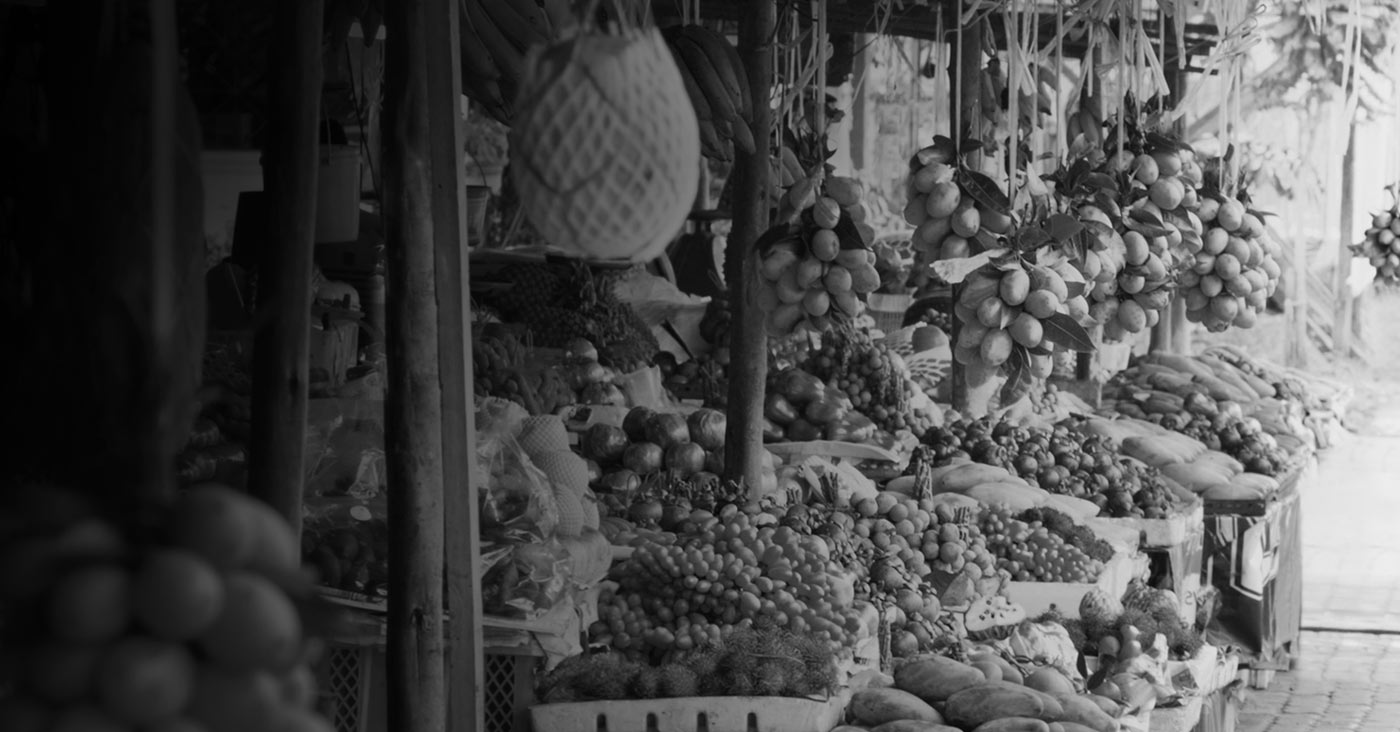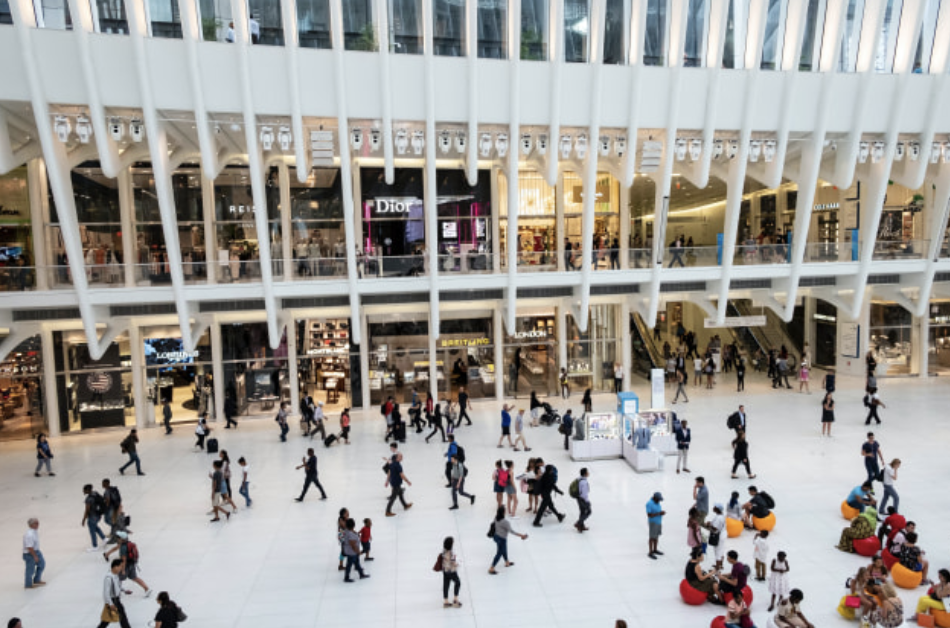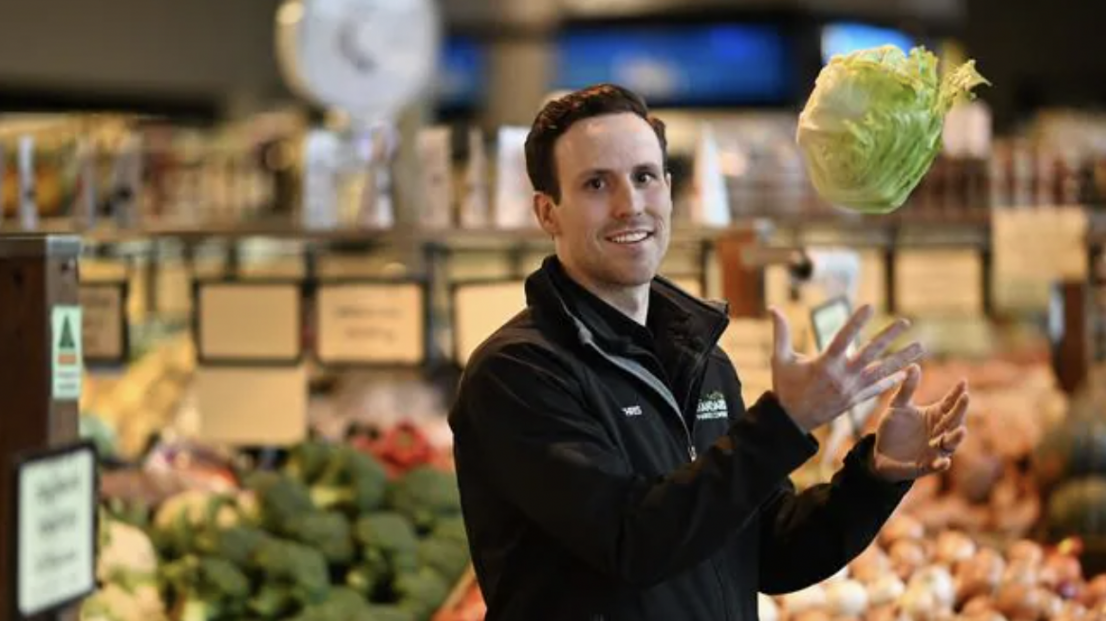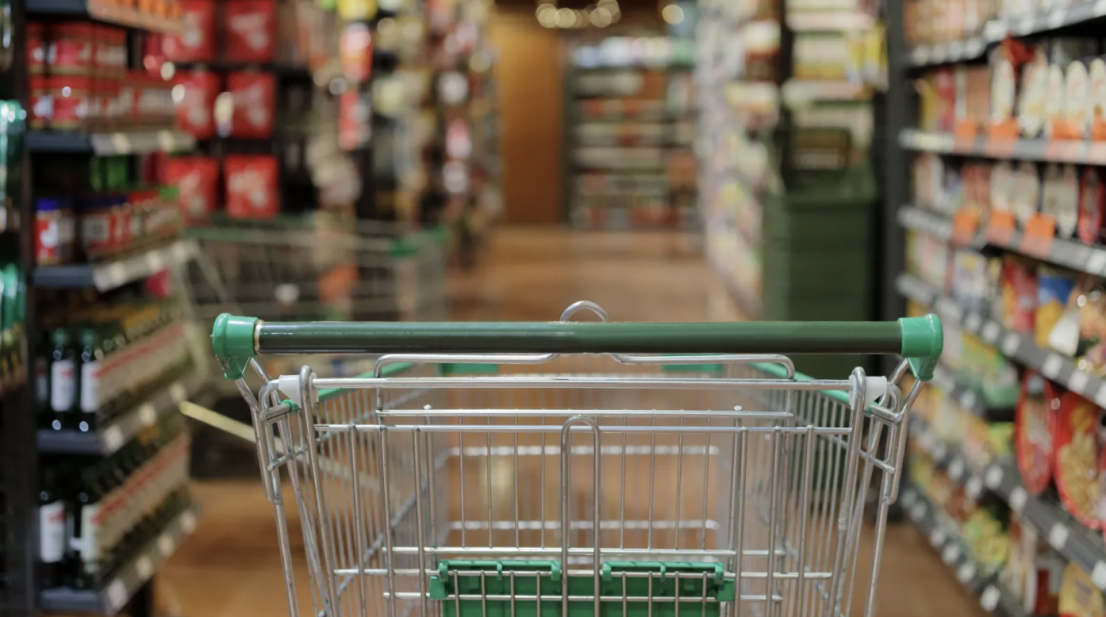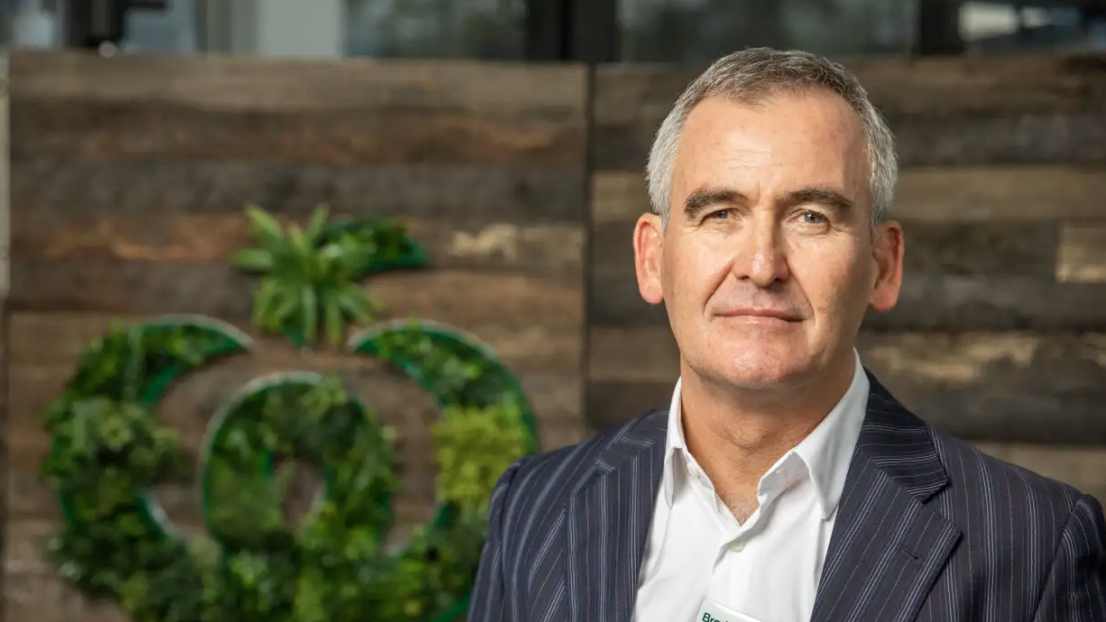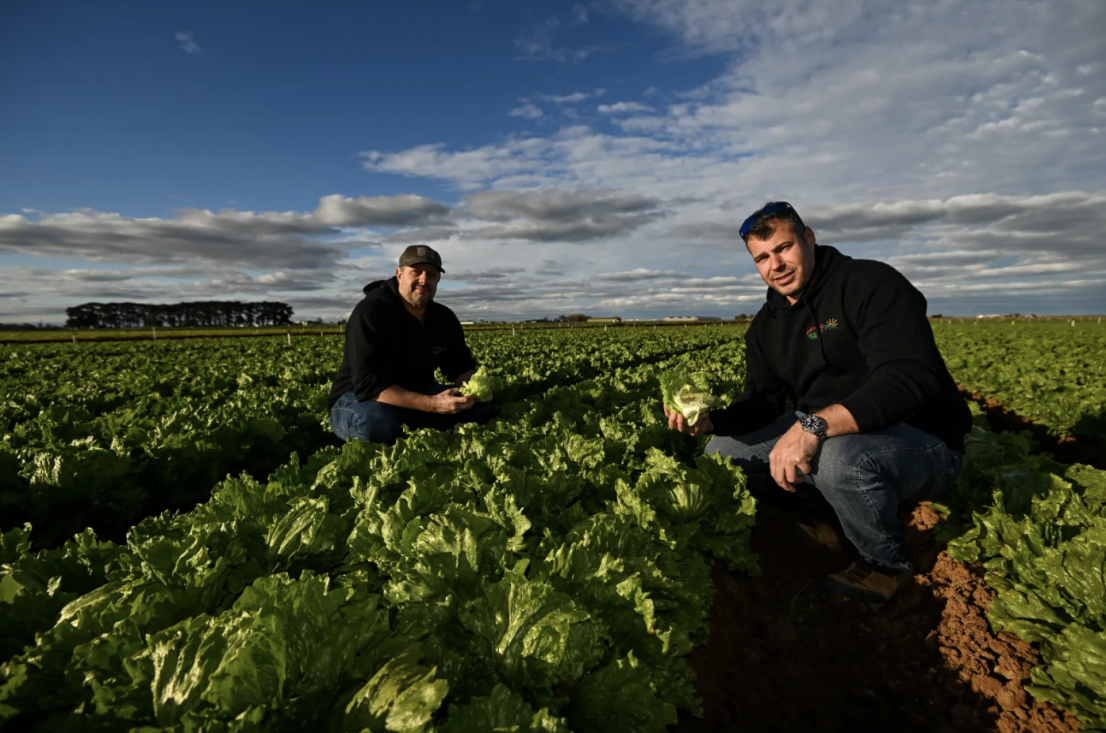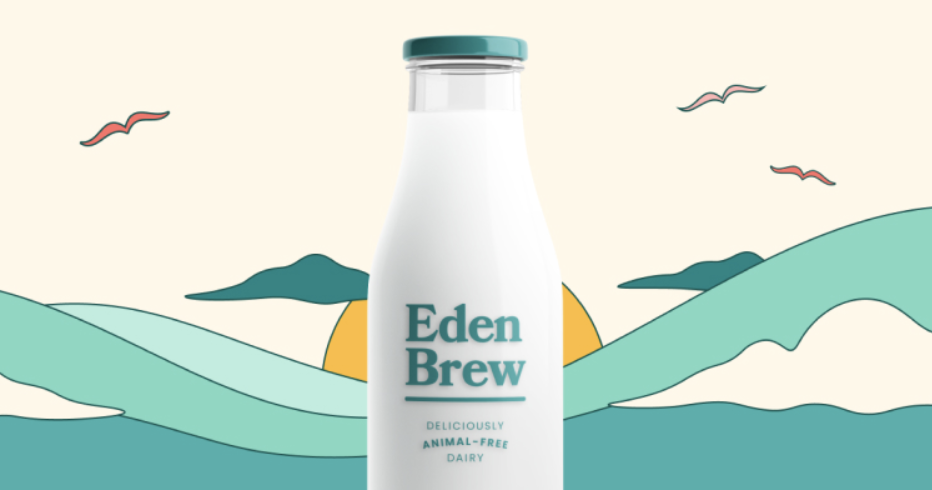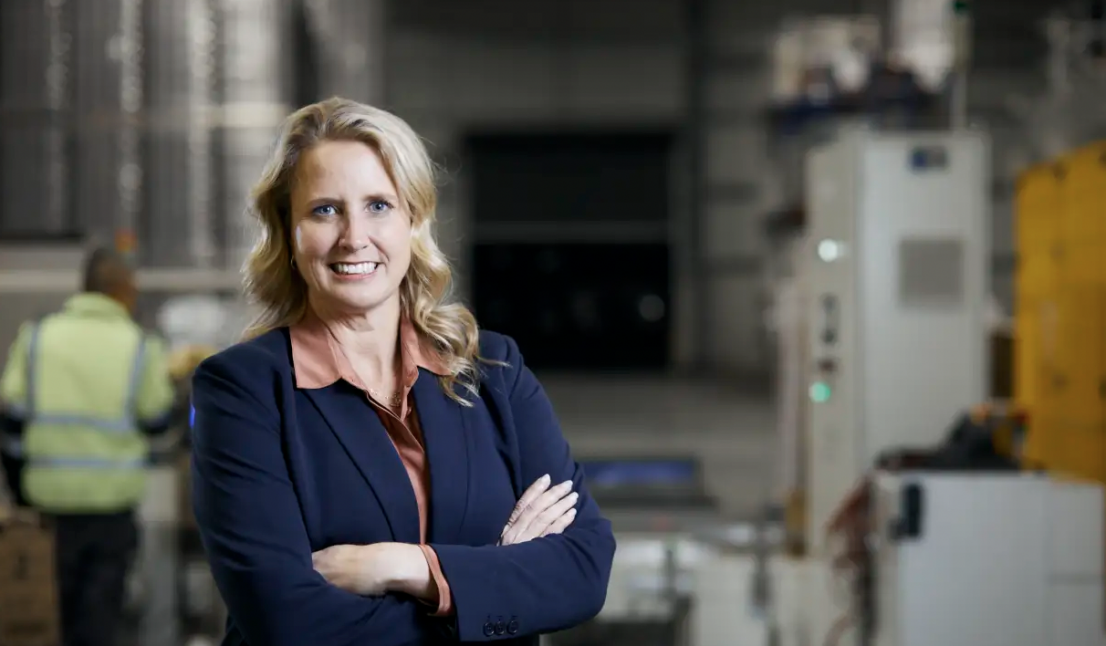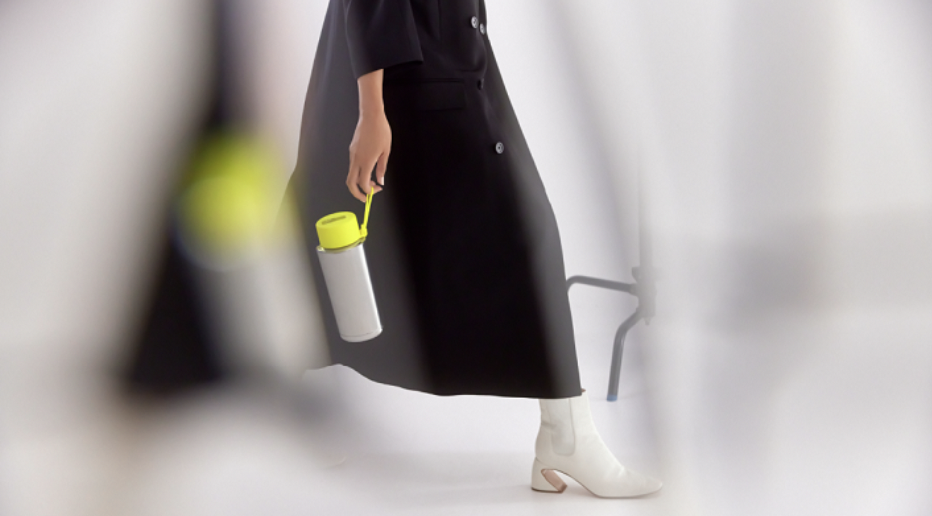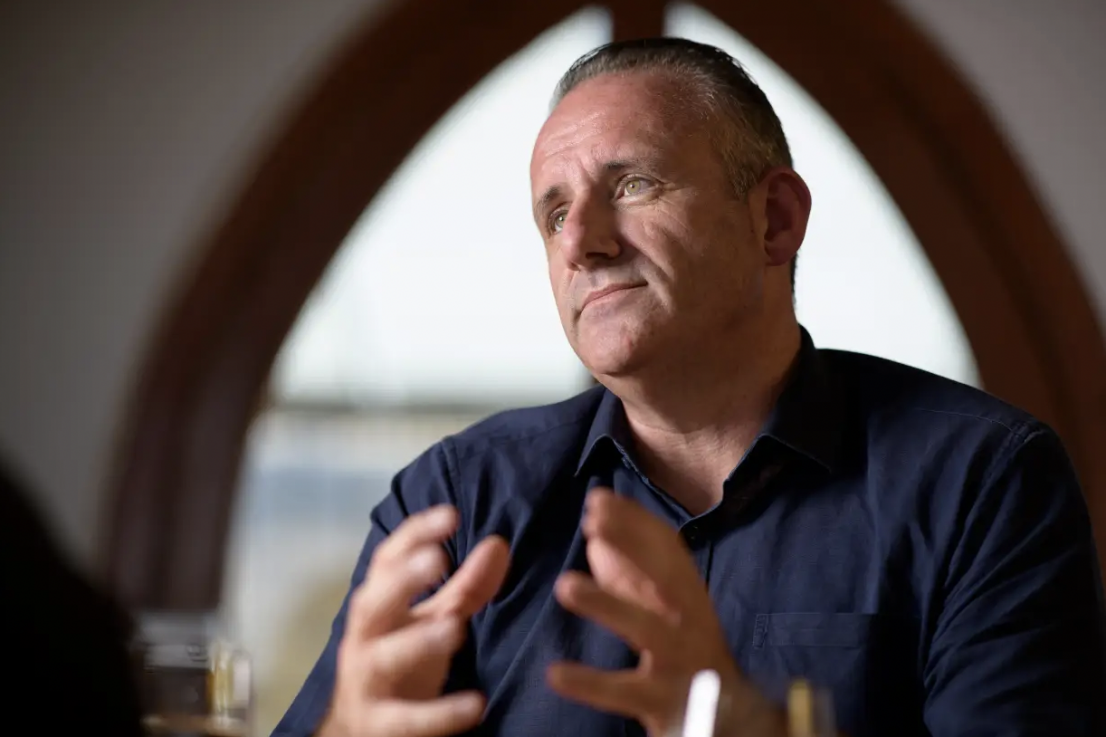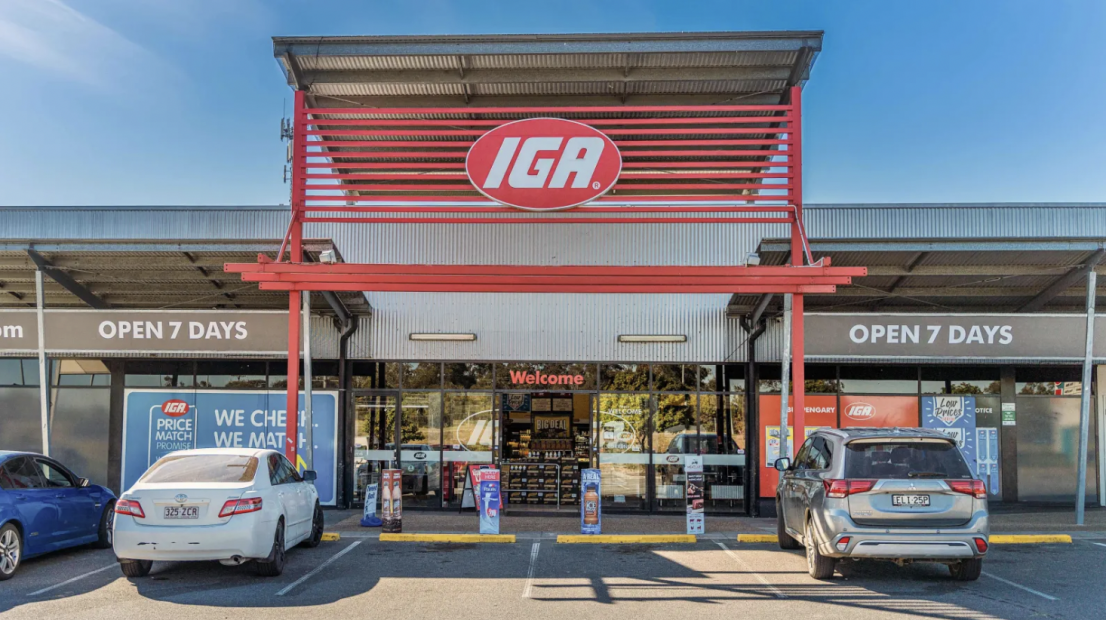
The $4 billion ASX-listed retailer acknowledged during its 2022 results on Monday that inflationary pressures were causing uncertainty for customers and suppliers, but chief executive Doug Jones said he was confident Metcash could compete with the supermarket giants throughout this period.
He said that while all retailers face uncertainties of rising inflation, “independent retailers are in a great place”.
Jones said a lift in sales across the company’s grocery arm over the past seven weeks suggests the business is in a strong position, with customers maintaining a preference for independent supermarkets even after COVID lockdowns.
“[Our sales are] showing that shoppers are sticking with independent stores and that trend is now becoming a habit,” he told analysts after revealing a 2.7 per cent lift Metcash’s annual profits to $245.4 million.
Jones told The Sydney Morning Herald and The Age the company’s wholesale logistics structure would give the company flexibility during times of supply chain challenges and product shortages. He said Metcash’s position as a wholesaler was different from other supermarkets such as Coles and Woolworths, with its focus on providing store owners across its network with a wide range of suppliers from around the country.
“The model supports retailers buying locally from local suppliers. We have a robust supply chain that allows us to respond [to challenges],” he said.
Metcash’s food retailers reported an earnings jump of 4.1 per cent during 2022, while liquor was up 9.8 per cent and hardware sales were 40.7 per cent higher as the company’s IHG and Total Tools businesses benefited from the residential construction boom.
The company’s investors will receive an 11 cent fully franked dividend for the half, compared to 9.5 per cent at the same time last year, meaning the full-year dividend of 21.5 cents is up by 23 per cent.
The market welcomed the numbers, with Metcash shares jumping as much as 6.3 per cent throughout the morning to a high of $4.49 before closing at $4.12.
Metcash revealed on Monday it had entered a long-term leasing agreement with Goodman Group for a 115,000 square metre distribution centre at Truganina in Melbourne’s outer west to replace its current Victorian distribution site in Laverton.
The building, which is expected to be completed in 2024, will carry a fitout cost of $70 million. “We are delighted to be able to announce this significant long-term investment for our independent retailers in Victoria, which is a reflection of our continued focus on championing their success,” Jones said.
Total group sales have jumped by 8.6 per cent in the first seven weeks of the 2023 year, but the company warned growing inflation could impact the outlook.
Chief financial officer Alistair Bell told analysts that business was building strongly on what had been a stellar year of trade. “We will continue to invest in inventory, [even] while inflation remains high,” he said.
Jarden analyst Ben Gilbert said that the strong sales figures for the first months of this year could mean stock watchers up their consensus expectations for the company.
The earnings figures could encourage the market to “become more confident that [Metcash] can hold onto a large portion of the share gained through COVID than previously anticipated”, he said in a note to clients.

